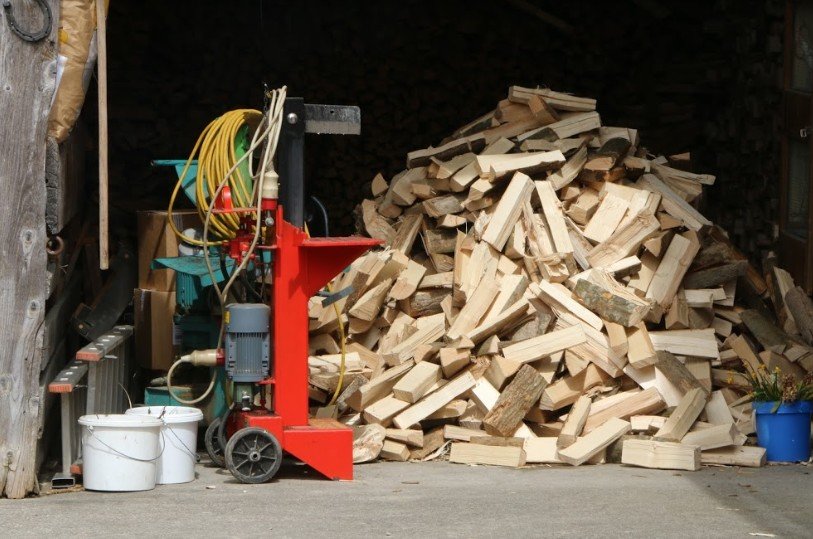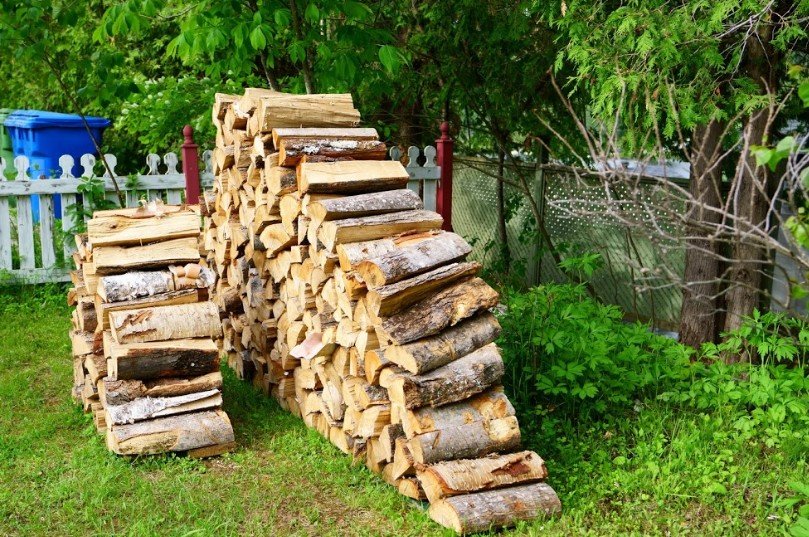Log splitters were manual tools that owners used to cut up huge chunks of wood for making fires. However, technology advancements brought about mechanized log splitters such as electric and gas-powered log splitters.
The usual case for finding a gas powered log splitter in a home is its performance edge over electrically powered ones. However, for a gas-powered log splitter to remain effectively in use, they require a high level of maintenance. Below are some maintenance tips for your gas log splitters:
1. Read the Manual of the Engine
Reading through the user manual of a gas splitter about to be used is a prerequisite to every other maintenance tip. By reading through the manual, operators are bound to find information on the proper operation, maintenance tip, and the maintenance schedule. A good read of the user manual before the operation of the log splitters can help owners to prolong the life of the machinery
Regardless of the skill level of log splitter operators, they should be careful to at least browse through the machinery’s available user manual. This is especially important because specifications vary from manufacturer to manufacturer.
2. Inspect Hydraulic Fluids for Level and Leakage Regularly
Hydraulic gas-powered log splitters require oil leakage checks all the time. Without adequate pressure of fluids contained in the machine, the efficiency of the machinery greatly reduces. This makes it important to check hoses and pipes that carry hydraulic fluids.
The hydraulic fluid level must also be checked often because a similar loss of machine efficiency is guaranteed when hydraulic fluid levels are below the optimal level. Whenever you notice a drop in the hydraulic oil level in the machine, ensure to top it up.
It is advisable to adhere to the manufacturer’s instructions on hydraulic fluid changes. Some degree of safety must be ensured while carrying out leakage checks because of the high pressure and reactive nature of the chemicals in the hydraulic hoses.
3. Sharpen the Wedge Regularly
The wedge of the log splitter must be sharpened as frequently as possible. A sharp wedge will enable you to operate your log splitter at its best capacity and prolong the machinery’s life. Warping, bending, and damages are less likely when owners keep their wedges sharp.
Owners and operators can sharp the wedge of their log splitters using a coarse metal file. The file should be run across the dull edges of the wedge and sharpen it. The process should be repeated a few times to achieve the best results. The filings should be wiped away with a piece of cloth thereafter.
4. Promptly Repair or Replace Broken Parts.
Several parts of log splitters are bound to suffer damages at some point. At such times it is important to call for a repair of the log splitter. Based on the findings of the professional that carries out a check on the machinery repair might be possible, or a replacement will be needed.
Both repairs or replacements must be carried within the fastest possible. This will limit the extent of damage to the machinery; otherwise, full-blown damage that ground the machine can occur shortly.
5. Properly Clean the Machine
Newer log splitters have a self-cleaning ability that allows them to clean up after every use without your help. However, a majority of log splitters do not have this self-cleansing ability. Owners are advised to ensure to clean their log splitters using the following tips properly:
- Clean dirt and wood debris from the wedge, beam, and endplate
- A damp cloth should be run across the exterior surfaces of the log splitter
- All metal surfaces should be wiped with an oily rag to prevent erosion further
- A soft bristle brush should be used to remove trapped dirt and debris
6. Store the Machine Appropriately
Appropriate machine storage is achieved for log splitters by the actions taken and the location where it is stored. Locations, where you store your log splitter, must be protected from harsh weather and devoid of moisture, heat, and unprotected electric sources. Some of the suggested actions to be taken while storing a log splitter include:
- The machine must be allowed to cool completely before storage
- Covering the log splitter with a waterproof material
- The beam and wedge should be greased to prevent rust and corrosion
- Ensure further protection of the wedge by retracting.
- Remove the fuel completely from log splitters that will be stored for an extended period.
Takeaway
Maintenance is a sure way to prolong the life cycle of your log splitter. For proper directions on how to maintain the machinery, owners and operators are advised to first read through the user manual of the log splitter.
Regular inspection should be carried out on the hydraulic oil for leakage and optimum level. The wedge of the log splitter should be kept sharp at all times. Parts of the log splitter that are beyond repair should be promptly replaced. The log splitter should be kept clean and store appropriately.


